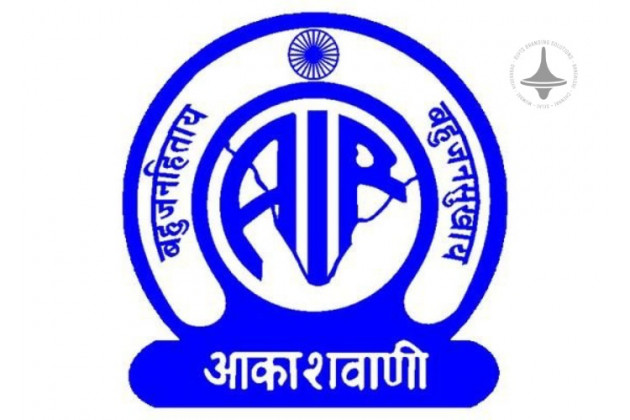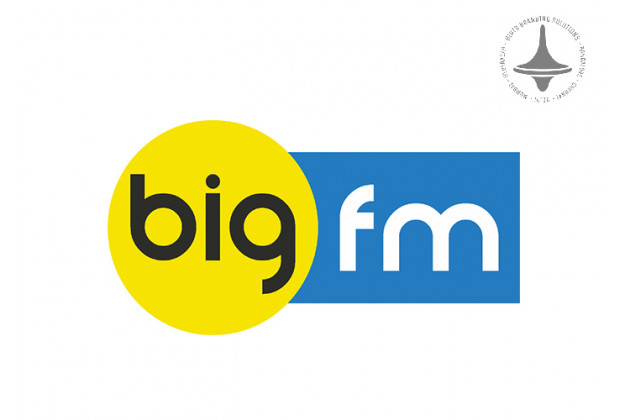Fantasy Sports | Goldmine | Brand Integrations | Digital | Elyts

In recent years, fantasy sports have exploded in popularity, evolving from a niche hobby into a mainstream digital entertainment phenomenon. With millions of users participating across platforms like DraftKings, FanDuel, and ESPN Fantasy, the fantasy sports landscape has become a fertile ground for brands looking to engage highly targeted and deeply involved audiences. As engagement rises, so do the opportunities—making fantasy sports a veritable goldmine for brand integrations.
The Rise of Fantasy Sports
Fantasy sports are no longer confined to a small segment of
sports fanatics. According to the Fantasy Sports & Gaming Association
(FSGA), over 60 million people in North America actively participate in
fantasy sports, with global figures rising steadily. These users aren’t passive
consumers; they’re deeply immersed, often spending hours per week
researching stats, making picks, and interacting with others in leagues.
This level of engagement translates into a unique
opportunity for brands: a highly focused, intent-driven audience that’s ripe
for personalized and contextually relevant marketing.
Why Fantasy Sports Are Ideal for Brand Integrations
1. Captive, Engaged Audiences
Fantasy sports players are not just viewers—they're
strategists. They log in daily, check performance stats, join discussions, and
follow player news. This consistent user interaction provides brands with
frequent touchpoints to deliver messages without being intrusive.
2. Targeted Demographics
The average fantasy sports user is tech-savvy, educated, and
has disposable income—often falling within the 18-45 age range, a prime
demographic for many industries. This makes fantasy platforms highly valuable
for advertisers looking to reach a defined market segment.
3. Seamless Native Advertising
Brands can embed themselves directly into the fantasy
experience through native ads that enhance rather than disrupt the user
journey. For instance, a sportswear brand might sponsor weekly “Top Performer”
stats, or a food delivery service could offer special discounts during live
drafts or game nights.
4. Data-Driven Campaigns
Fantasy platforms are rich in user data—from favorite teams
and players to time spent on certain sections of an app. This data enables
precision marketing, allowing brands to craft hyper-targeted campaigns that
resonate on a personal level.
Examples of Successful Brand Integrations
- Buffalo Wild Wings & Yahoo Fantasy Football
Buffalo Wild Wings capitalized on the fantasy craze by
integrating with Yahoo Fantasy Football. Users could book game-day tables
straight from the app, blending digital planning with physical foot traffic—an
excellent example of online-to-offline (O2O) synergy.
- DraftKings & PepsiCo
PepsiCo partnered with DraftKings to promote their products
through fantasy contests. With co-branded leaderboards and product giveaways,
the campaign drove brand awareness and engagement while aligning with user
interests.
- Nike's Limited-Edition Virtual Merch
Nike has experimented with virtual merchandise for fantasy
avatars, offering limited-edition digital gear. This not only drives brand
loyalty but taps into the growing trend of virtual collectibles in gamified
environments.
Emerging Integration Trends in Fantasy Sports
- Augmented Reality (AR) Enhancements
Brands are exploring AR features that let users
"draft" players in real-time environments or visualize game-day
lineups through smart glasses—creating immersive branding experiences.
- Influencer Collaborations
Fantasy sports influencers now play a major role in shaping
decisions. Partnering with these figures allows brands to tap into their
credibility and audience trust, driving authentic engagement.
- Gamification of Sponsorships
Some brands are adding rewards for engaging with their
content—like bonus fantasy points or unlockable features—blurring the lines
between advertisement and gameplay.
Best Practices for Brand Integration in Fantasy Sports
- Keep
it Relevant: Ensure the product or service naturally fits into the
fantasy sports ecosystem.
- Add
Value: Offer something useful—insights, tools, or rewards—that
enhances the user experience.
- Be
Authentic: Avoid over-commercialization. Fantasy sports users value
credibility and can easily spot inauthentic efforts.
- Leverage
Analytics: Use platform data to refine campaigns and personalize
content.
Conclusion
Fantasy sports aren’t just a playground for sports
fans—they’re a dynamic marketing arena where brands can establish meaningful
connections. With the right strategy, businesses can turn these platforms into
powerful engagement engines, achieving both brand visibility and user loyalty.
As technology advances and user bases grow, fantasy sports will continue to be
a goldmine for smart, innovative brand integrations.
Elyts Advertising and Branding Solutions | www.elyts.in (India) | www.elyts.agency (UAE)






















Leave a Comment